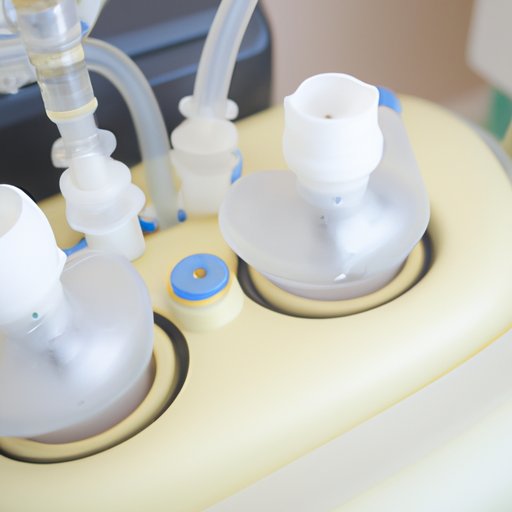
Introduction
Many breastfeeding mothers struggle with low milk supply when pumping. This problem can be frustrating and stressful, but there are ways to increase milk production. In this article, we will explore various techniques and tips that can help maximize milk production while pumping.
Factors that impact milk production
Several factors can affect milk production, including frequency of pumping, proper flange fit, hydration, and nutrition. It is important to address these factors if you want to increase your milk supply. Ensure to pump regularly, use the right flange size, stay hydrated, and maintain a healthy diet. All these factors contribute to the volume of milk produced, and by paying attention to them, you can make sure your body is able to produce more milk when you pump.
Power Pumping
Power pumping involves pumping your breasts for short intervals with short breaks in between. This technique can help increase milk production by mimicking the natural cluster feeding of babies. Some of the benefits of power pumping include improved milk supply, increased prolactin levels, and stimulation of breast tissue.
To power pump properly, you should pump for 20 minutes, take a break for 10 minutes, pump for another 10 minutes, take another break for 10 minutes, and finally, pump for another 10 minutes. This cycle should be repeated once or twice a day for several days in a row. This method should not be used as a substitute for regular pumping sessions, but it can enhance milk production and give you a much-needed boost.
Breast Compression
Breast compression is a technique that can help increase milk flow and yield during pumping. It involves using your hands to compress your breasts while pumping, which can help stimulate milk flow and remove more milk. Proper use of breast compression can increase milk production and significantly increase the amount of milk expressed per session.
To properly use breast compression, start with a gentle steady pressure, and gradually increase pressure as you become more comfortable. If you feel any discomfort while compressing, try a different technique or method. You’ll know you’re using the right amount of pressure when you feel milk flow increase. This technique should be used in combination with traditional pumping to maximize milk production.
Pumping Schedule
The importance of establishing a consistent pumping schedule cannot be overstated. The more frequently you pump, the more milk you’ll make. Try to pump every two to three hours during the day, and once during the night if necessary. Once you have established a schedule, stick to it, and avoid skipping or delaying pumping sessions. Consistency is key when it comes to milk production.
Addressing Medical Concerns
Medical conditions such as hormonal imbalances, thyroid problems, and certain medications can affect milk supply. If you’re having trouble increasing your milk supply even after trying the techniques above, consider talking to a lactation consultant or healthcare provider for advice and support. They can help diagnose and treat any underlying medical concerns that may be impacting your milk production.
Conclusion
Increasing your milk supply when pumping is achievable with the right techniques and tips. Proper pumping frequency, hydration, nutrition, and breast compression can help increase milk production, while power pumping can give you that extra boost. However, it’s important to remember that every mother’s journey is unique, and sometimes even with the best techniques, milk production can be a challenge. If you’re struggling with low milk supply, don’t hesitate to reach out to a lactation consultant or healthcare provider for support.





